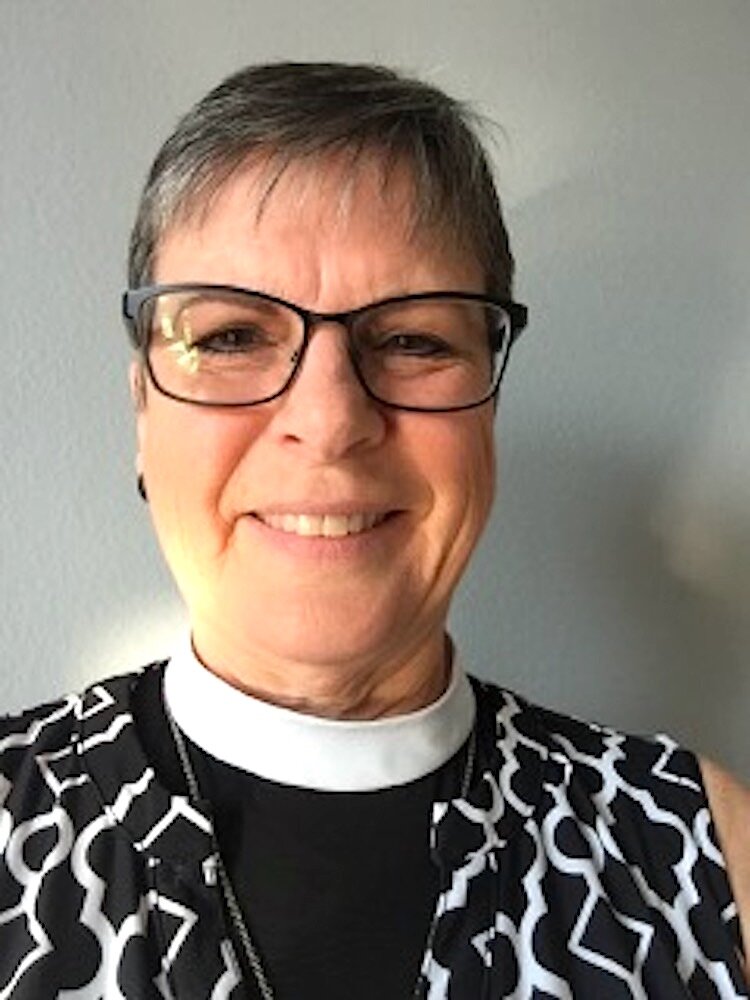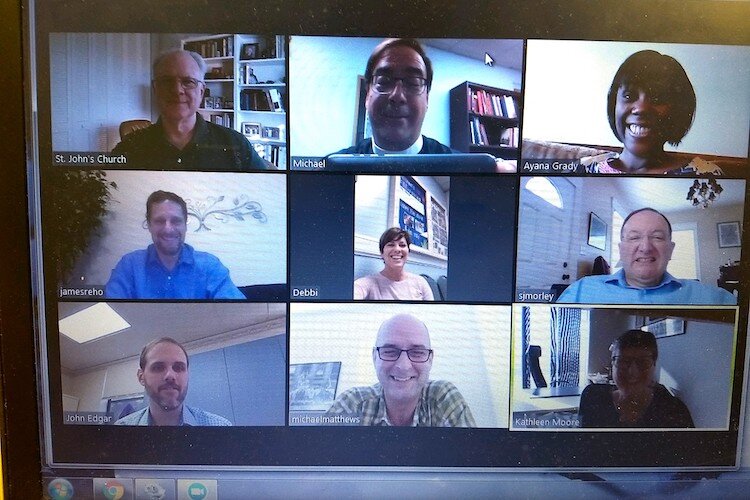How a Tampa church adapts under the threat of coronavirus
Churches, synagogues, mosques, and temples had to close their doors when #covid19 came knocking, but prayers and worship continue. Learn how one church in Tampa is coping.
Church is all about community. We gather for worship, for education, for outreach and service, and just for fun. We come together to help each other cope with tragedy, grief, and loss, and we celebrate together when good things happen. We pray together, we weep together, and we laugh together. When a member of our community is in any kind of grief or trouble, need or sickness, we come together to visit them, comfort them, feed them, and provide whatever practical and material help we can. We strive constantly to make sure no-one is left out, neglected, or isolated. We show up for each other in so many ways. Until COVID-19.

St John’s Episcopal in Tampa, like many other houses of worship and faith-based organizations around the country, took the initiative early in the pandemic to protect the health and safety of the people in our care. The only wise course for implementing the CDC’s social distancing guidelines was to cancel all worship services, Sunday schools, Bible studies, committee meetings, book groups, youth and children’s programs, and social gatherings. Hospital and nursing home visits, home communions, and other pastoral care contact also ceased abruptly.
Our fundamental challenge is that social distancing requirements physically separate people, and quarantine measures isolate them; they effectively remove the very social connections we usually depend on in a crisis, resulting in feelings of loneliness, fear, and uncertainty. There is real grief around the suspension of these tangible forms of connection to the church, to others, and to the world. For some older parishioners, church is the source of most or all of their social interactions.
Helping everyone to adjust to this “new normal” has demanded imaginative and creative solutions. Our clergy, who, although they are expected — and indeed expect — to respond to people in crises of all sorts, were called to and trained for a ministry largely based on person-to-person contact, both liturgically and pastorally — sharing bread and wine, laying on hands in blessing and holding the hands of those in grief or trouble of any kind. Expressing care, concern, and compassion electronically calls for a different skill set.
We must hope this is a once-in-a-lifetime challenge, but still we must be there for our people. Although the church building is closed, and staff are mostly working from home like everyone else, the church community must stay open. While technology and electronic connections are an alternative, they present a challenge for many older members of the community. And many of the folk filling our pews on Sundays fit the CDC’s criteria for those at high risk for COVID-19. We had to find new ways to create community in isolation, and we knew St John’s would need a diversified strategy.
Live streaming Sunday services on Facebook was the first step — and the response was remarkably positive. Online Zoom meetings have quickly become a way of life for Bible studies, staff meetings, and pastoral care planning. Savvy parishioners offered Zoom training for those unfamiliar with the technology, and these online get-togethers have really taken off. Facebook Live now also delivers mid-week prayers and services into parishioners’ homes.
For those uncomfortable with digital solutions, or who lack the technology at home, the phone has become an important tool. The care team has undertaken the task of calling every family in the church directory to let them know the church is still there for them and identify any needs they may have. Individual members are calling to check on older friends who may potentially feel lonely and isolated. And younger members of the community have stepped up to help those more vulnerable by running errands and delivering groceries.
Because in-person pastoral visits are severely restricted, clergy are substituting pastoral conversations by phone or Facetime. We are still trying to figure out how best to care for those living in retirement communities and nursing homes that no longer permit visitors, or those in hospitals and other medical facilities. And at the same time we are called always to be the non-anxious presence, to model for others how to show up without panic. We are learning that sometimes, just providing basic information about the present situation is part of pastoral care.
All of this flies in the face of everything we have learned to do and be as leaders of a Christian community, and it is painful. But one day there will be yet another “new normal,” and as a result of this experience, we and the church will be in an even stronger position to adapt to it.
As our Diocesan Bishop, the Right Reverend Dabney Smith, told us recently, “You are here for a time such as this!” And so we are.
The Venerable Dr. Kathleen Moore is Parish Deacon, St John’s Episcopal Church in South Tampa, and Archdeacon and Dean of School for Ministry, Episcopal Diocese of Southwest Florida.












